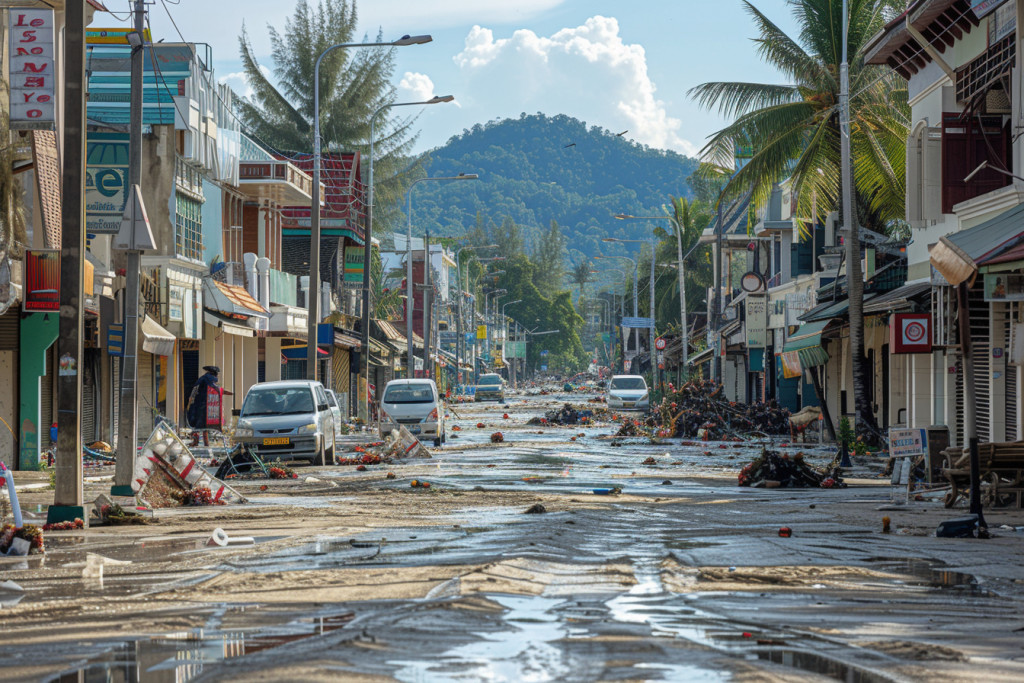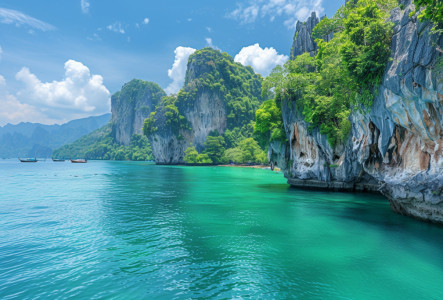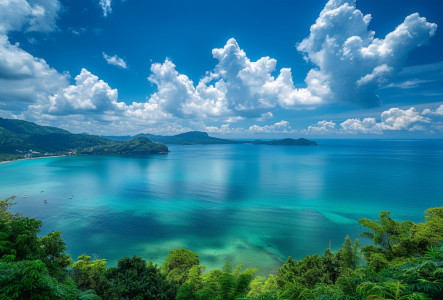The Tsunami of Phuket: Back on a devastating event
03/04/2024On December 26, 2004, a powerful underwater earthquake gave birth to one of the worst tsunamis in recent history. This tsunami has hit several coastal regions in the Indian Ocean, notably the Thai provinces of Phuket, Krabi and Phang Nga . In this article, we will come back in detail to this tragic event and its consequences for the local population and tourists.
The causes of tsunami
The Tsunami of Phuket is the direct result of a violent earthquake of magnitude 9,1-9,3 which occurred off the coast of Sumatra, in Indonesia. The earthquake, which was felt until Thailand, has caused a massive series of deadly waves in all surrounding coastal areas. The rapid propagation of waves caused by the sudden movement of underwater tectonic plates has taken many inhabitants and tourists by surprise.
The consequences of tsunami in Phuket
Human losses and material destruction
In Phuket, the tsunami made more than 5,000 victims , a large part of which were foreign vacationers. Thousands of people were also injured or missing following the passage of the deadly waves. Material damage has been considerable, with the destruction of many infrastructures, including Houses and apartments in Phuket , shops, hotels and tourist facilities. The province found itself in a state of total desolation after this tragic episode.
Impact on the environment and marine life
The tsunami also had a significant impact on the Phuket environment, especially on coastal areas and marine life. Entire beaches have been devastated by waves, while marine ecosystems such as coral reefs have undergone major damage. Local fauna and flora have also suffered a lot from the consequences of the natural phenomenon.
Lessons drawn and reconstruction efforts
Improvement of early alert systems
After the Tsunami of Phuket, governments and international organizations have become aware of the crucial importance of an early alert system in the event of similar natural disasters. Following this event, a multinational tsunamis alert system was implemented in the Indian Ocean to better monitor earthquakes and detect possible threats from tsunami. Thus, local populations and tourists can be informed in time to get in safety.
Reconstruction and sustainable development
Reconstruction efforts after tsunami have been considerable to restore the affected regions a normal aspect. Massive investments were made in the restoration of infrastructure, housing, shops and tourist facilities. Public-private partnerships have also been set up to promote sustainable development and protect the environment, including marine biodiversity.
The impact of tsunami on tourism
Tourism being one of the key sectors of the Thai economy, tsunami has had lasting and notable consequences on this industry. Initially, tourist arrivals dropped following the disaster, revealing the severity of the damage and pushing the authorities to take measures to restore the image of Phuket as an international tourist destination.
Over time, tourism has resumed and has successfully developed thanks to intense promotional campaigns targeted on a new image of Phuket: a region which has rebounded after a major natural disaster and which is stronger than ever. Today, visitors are invited to discover the beauty of the coastal landscapes and the cultural riches of the province while supporting the local economy.
Phuket today: a popular destination stronger than ever
More than 15 years after this tragic event, Phuket has been able to rebuild itself and regain its vitality of yesteryear. Although some scars are still visible, the province is today a popular tourist destination appreciated by travelers around the world.
The memory of the tsunami and its victims remains present in the spirits, but it does not dissuade new arrivals or vacationers from enjoying the undeniable assets of this magnificent Thai island.







